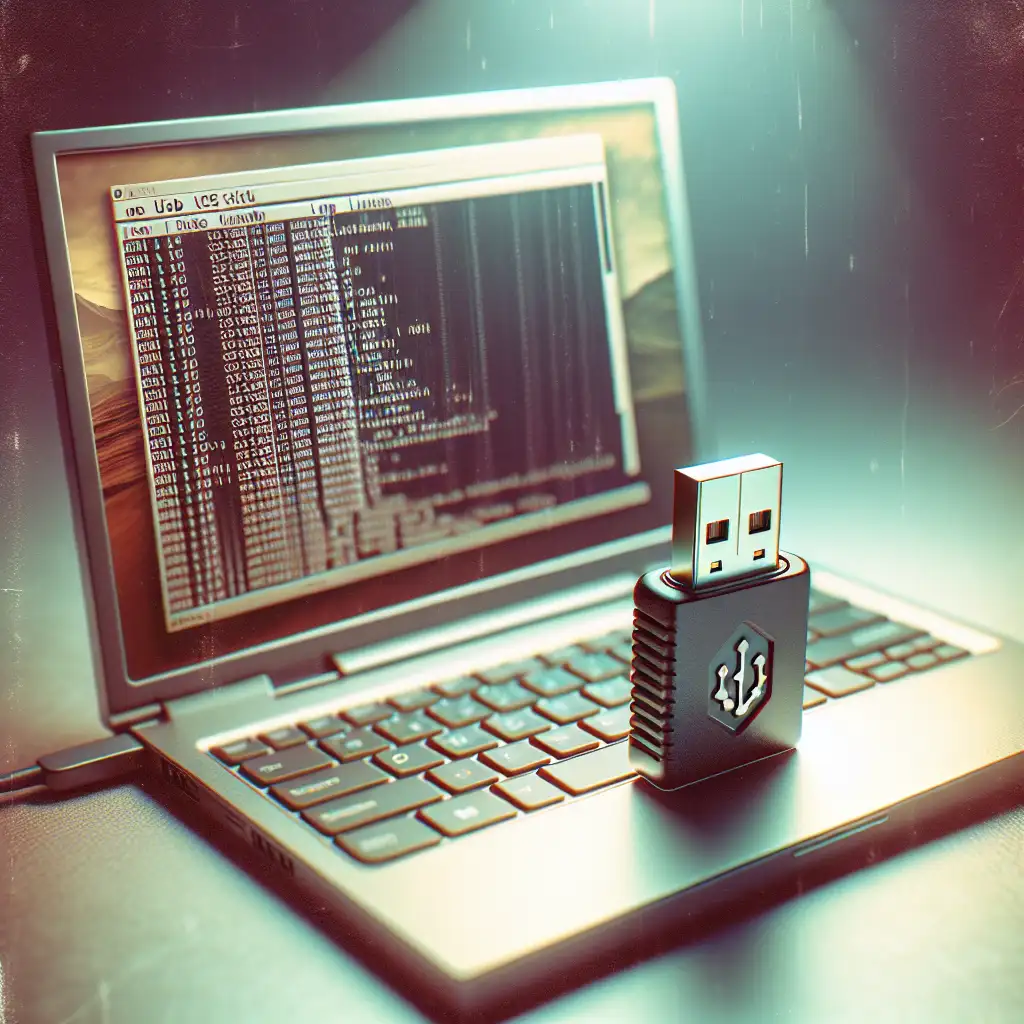Mastering Linux Installation from USB: A Step-by-Step Guide for Tech Professionals
Forget DVDs and complex network boot configurations. This guide cuts through the noise to deliver a clean, reliable method for Linux installation using USB—a skill every modern sysadmin should command to stay agile in evolving server and desktop environments.
Installing Linux from a USB drive has become the gold standard for IT professionals and tech enthusiasts alike. Whether you’re deploying fresh servers in a data center, setting up workstations, or experimenting with distributions, USB installations offer speed, flexibility, and convenience that older methods simply can’t match.
In this post, I’ll walk you through the exact steps to create a bootable Linux USB installer and successfully install your preferred distribution on any compatible hardware. Along the way, we’ll cover important tips to ensure your process is smooth and trouble-free.
Why Use USB Drives for Linux Installs?
- Speed & reliability: USB 3.0 drives can outperform DVDs easily.
- Universal support: Nearly every modern machine boots from USB.
- Portability: Carry multiple distros on one drive with multi-boot tools.
- No internet dependency: Unlike PXE/network installs, no server setup needed.
Step 1: Choose Your Linux Distribution ISO
Start by downloading the ISO image of the Linux distro you want to install. Here are some popular options:
- Ubuntu: ubuntu.com/download
- Fedora: getfedora.org
- Debian: debian.org/distrib
- CentOS/AlmaLinux/RockyLinux (Enterprise-class distros)
Make sure to grab the correct architecture (x86_64/amd64) for your hardware.
Step 2: Prepare Your USB Drive
Minimum requirements:
- At least 4GB capacity (8GB recommended for larger distros).
- Backup any existing data on the USB drive—this process erases everything.
Step 3: Create Bootable USB Drive
The tool you use depends on your current system.
On Windows:
Use Rufus, which is lightweight and straightforward.
How-to with Rufus:
- Plug in your USB drive.
- Open Rufus; it will auto-detect your device.
- Select the downloaded ISO file.
- For "Partition scheme," choose MBR (for BIOS or UEFI) or GPT (UEFI only) depending on target hardware.
- File system should be FAT32 (default).
- Click "Start" and wait until completion.
On Linux:
Use the dd command or balenaEtcher (GUI).
Using dd:
sudo dd if=/path/to/linux.iso of=/dev/sdX bs=4M status=progress conv=fdatasync
Replace /dev/sdX with your actual USB device (be careful—using the wrong device can wipe a hard drive).
Tip: Run lsblk before and after plugging in your drive to identify it correctly.
On macOS:
dd works similarly to Linux, or use balenaEtcher as well.
Step 4: Boot from Your USB Drive
- Insert the prepared USB into the target machine.
- Reboot and open the Boot Menu — usually by pressing
F12,Esc,F10, orDeldepending on manufacturer. - Select the USB device as boot media.
If your system ignores the USB, check BIOS/UEFI settings:
- Ensure "Legacy Boot" or "USB Boot" options are enabled.
- On newer systems, disable Secure Boot if unsupported by distro.
Step 5: Begin Linux Installation
Once booted into the live environment or installer:
- For Ubuntu/Fedora/Debian – you will be presented with options to try live session or proceed directly to installation.
- Follow on-screen instructions:
- Select language, timezone, keyboard layout.
- Partition your drive if necessary (manual partitioning allows fine control but defaults work well).
- Set up username & password.
- Choose whether to install third-party drivers/codecs.
Pro tip: If installing on a server or headless machine, consider using automated scripts like Kickstart (Fedora-based) or Preseed (Debian-based) for unattended installs — but that’s another deep topic!
Troubleshooting Common Issues
- USB not detected at boot: Confirm BIOS settings; try another port; recreate bootable media with a different tool.
- Checksum errors during write: Redownload ISO; verify integrity with SHA256 sums provided by distro websites.
- Blank screen after boot: Try disabling Secure Boot; check compatibility of graphics drivers with distro version.
Bonus: Multi-Boot & Persistent Storage Options
If you want multiple distros on one flash drive or save changes persistently without re-installing:
- Use tools like
Ventoy— drag-and-drop ISOs onto a Ventoy-prepared USB and boot whichever you want easily. - Create persistent storage partitions alongside live images — handy for testing without full install.
Final Thoughts
Mastering Linux installation from USB not only saves time but significantly improves your ability to manage systems efficiently in fast-paced environments. It eliminates dependence on clunky legacy media and complicated network setups while maximizing portability and versatility—a must-have skillset for all tech professionals today.
Save this guide for reference next time you spin up a new workstation or provision test servers — agility starts here!
Did you find this tutorial helpful? Drop questions or share your experience installing Linux via USB in the comments!
